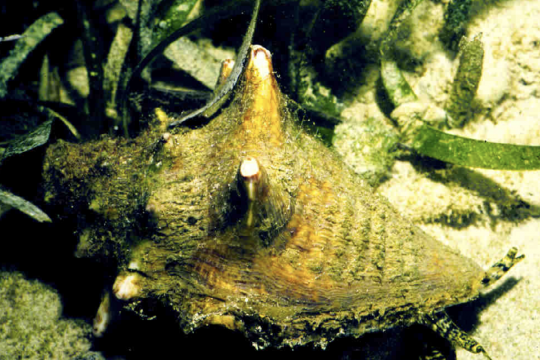Abstract
A bioeconomic model was developed to examine optimal exploitation strategies for the queen conch (Aliger gigas) resource in the Colombian Caribbean. The analysis revealed that ecological and economic performance is maximized under a rotational harvesting scheme whereby fishing takes place following a four-year closure period. Closures allow queen conch biomass to recover and accumulate undisturbed, leading to an 11% increase in stocks as compared to sustained annual harvest. Closures also resulted in a 26% increase in long-term economic benefits upon reopening of the fishing grounds. Results were found to be robust with respect to a number of model assumptions. Policy implications are discussed.
EfD Authors
Files and links
Country
Sustainable Development Goals
Publication reference
Efd Discussion Paper 20-39


